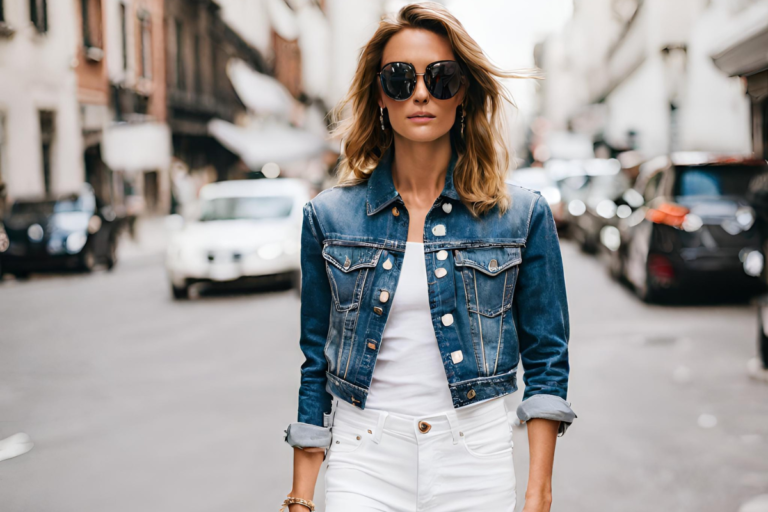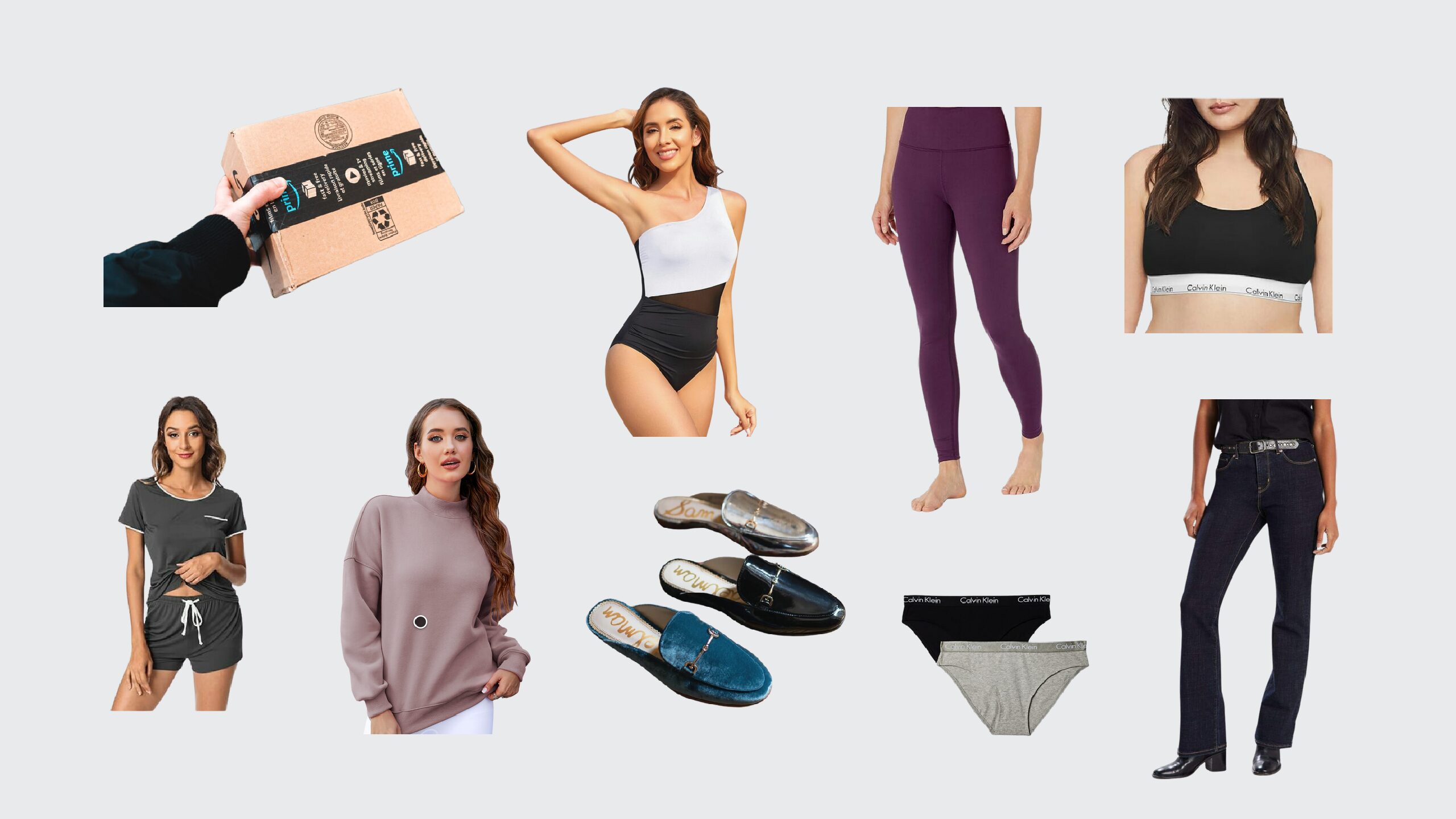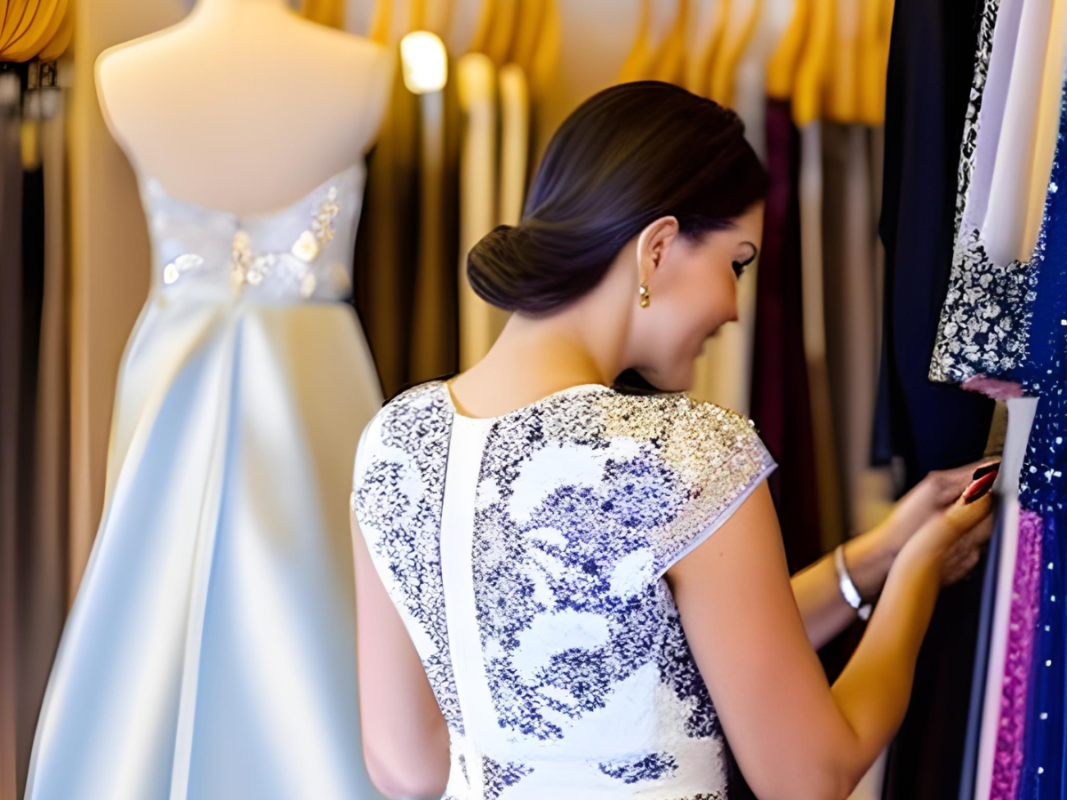
Regardless of your budget, knowing the trade secrets of how to identify quality garments can improve your style and help to build a sustainable wardrobe. One of the most important things to consider before buying your next outfit, is the quality.
Investing in high-quality garments not only ensures longevity, but also offers superior comfort, fit, and style. However, identifying top-notch quality clothing requires you to be an educated consumer and knowing what exactly to look for when making clothing purchases.
As an Image Consultant, I educate clients on how to confidently source quality clothing. Whether you are shopping for fast fashion or couture, these are 5 simple steps to spotting high quality clothing.
5 Steps to Spotting High Quality Clothing
Time the time to do these inspection steps the next time you buy a garment, you’ll be glad you did!
1. Fabrics: The Foundation of Quality
There is a reason this is first in line with the steps to spotting high quality clothing! The fabric used in a garment is the hallmark of its quality and can significantly impact its durability, comfort, and overall aesthetic appeal. Here are a few factors to consider:
Natural vs. Synthetic Fibers:
High-quality clothing often features natural fibers such as cotton, silk, linen, and wool. These materials are known for their breathability, comfort, and ability to age gracefully.
Synthetic fibers like polyester or nylon can be lower in quality, although technological advancements have led to the creation of high-performance synthetic blends.
Weave and Thread Count:
The weave of a fabric affects its strength and appearance. Look for tight weaves, such as twill or satin weaves, as they tend to be more durable. Thread count refers to the number of threads per square inch of fabric, with higher thread counts indicating a finer and denser weave.
Texture and Hand Feel:
High-quality fabrics often have a smooth and luxurious feel. Examine the fabric’s texture by running your fingers across it. Natural fibers tend to have a softer, more comfortable touch compared to synthetic fabrics.
2. Construction/Cut: The Art of Tailoring
The construction of a garment plays a crucial role in its fit, drape, and overall appearance. This is an important step in spotting high-quality clothing. Here’s what to look for when evaluating the cut:
Silhouette and Proportions:
A well-cut garment should flatter your body shape and proportions. High quality clothing will have clean lines, balanced proportions, and carefully executed details that enhance the silhouette.
Seams and Stitching:
Inspect the seams and stitching of the garment. High-quality clothing will have sturdy, even stitching, with no loose threads or puckering. Reinforced seams, such as French or flat-felled seams, indicate superior craftsmanship.
Tailoring Techniques:
Pay attention to the tailoring techniques used, such as darts, pleats, or gathering. These details should be carefully executed and enhance the garment’s shape without compromising its structure.
3. Zippers: Function First
Zippers can make or break the functionality and durability of a garment. Consider the following aspects:
Zipper Material:
Look for zippers made from high-quality materials like metal or sturdy plastic. These materials ensure smooth operation and long-term reliability.
Examine the stitching that attaches the zipper to the garment. Reinforced stitching and neat, evenly spaced stitches indicate a well-constructed zipper. High quality clothing will have zipper teeth align properly and move effortlessly when opening and closing.
Zipper Brand:
Some brands, like YKK or Riri, are renowned for producing high-quality zippers. While not a definitive indicator of overall garment quality, reputable zipper brands often collaborate with reputable clothing manufacturers.
4. Buttons: The Final Touch of Elegance
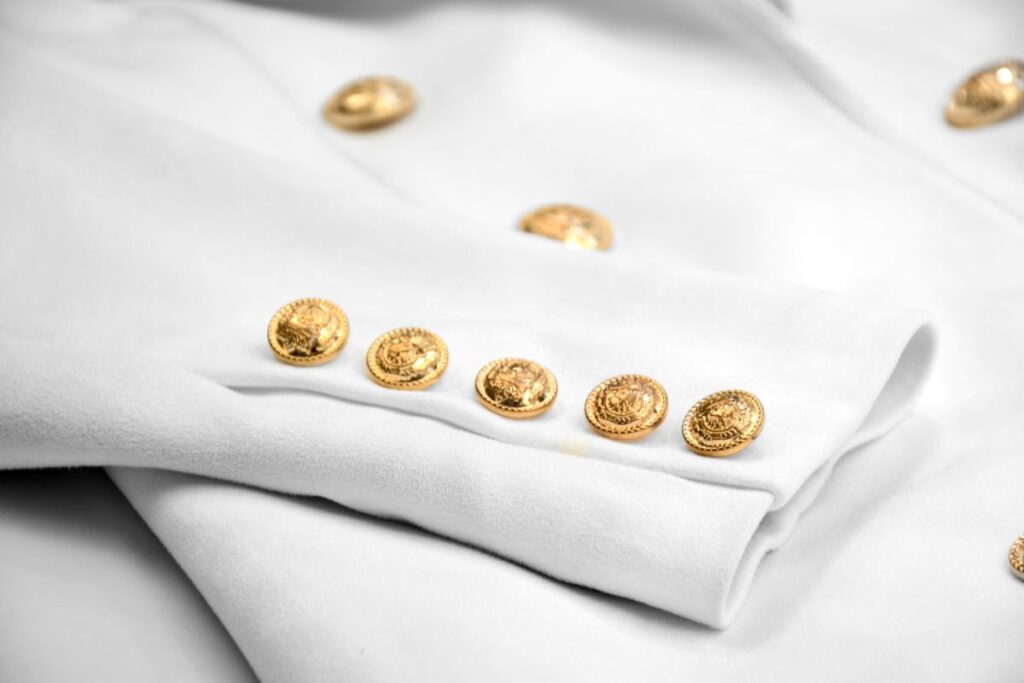
Buttons may seem like small details, but they can significantly impact the overall quality and aesthetics of a garment. Consider these factors when evaluating buttons:
Material:
High-quality buttons are typically made from natural materials such as mother-of-pearl, horn, or wood. These materials not only enhance the garment’s visual appeal but also offer durability and resistance to discoloration.
Attachment and Reinforcement:
Buttons should be securely attached to the garment, with reinforced stitching and a tight fit. Loose buttons or threads are signs of lower quality.
5. Design, Dyes and Finishing
Examine the garments overall design and finishing details. Well-crafted garments have even patterns, stitching and seams. High quality clothing construction includes consistent color, and a polished appearance.
Testing for Color Bleeding:
To ensure color stability, it’s advisable to conduct a color bleeding test. Dampen a small portion of the fabric and press a white cloth against it. If the color transfers to the cloth, it indicates poor dye stability, which may result in color bleeding during washing or wearing.
Sustainable Dyeing Practices:
Be aware of environmental and health concerns. Sustainable dyeing practices should be important to anyone who cares about building a lasting wardrobe.
Look for clothing brands that prioritize eco-friendly dyeing methods, such as using natural dyes, low-impact dyes, or water-saving techniques.
Certifications like the Global Organic Textile Standard (GOTS) or OEKO-TEX® Standard 100 can provide assurance of responsible dyeing practices.
What are the Benefits of Knowing How to Identity Quality Clothing?
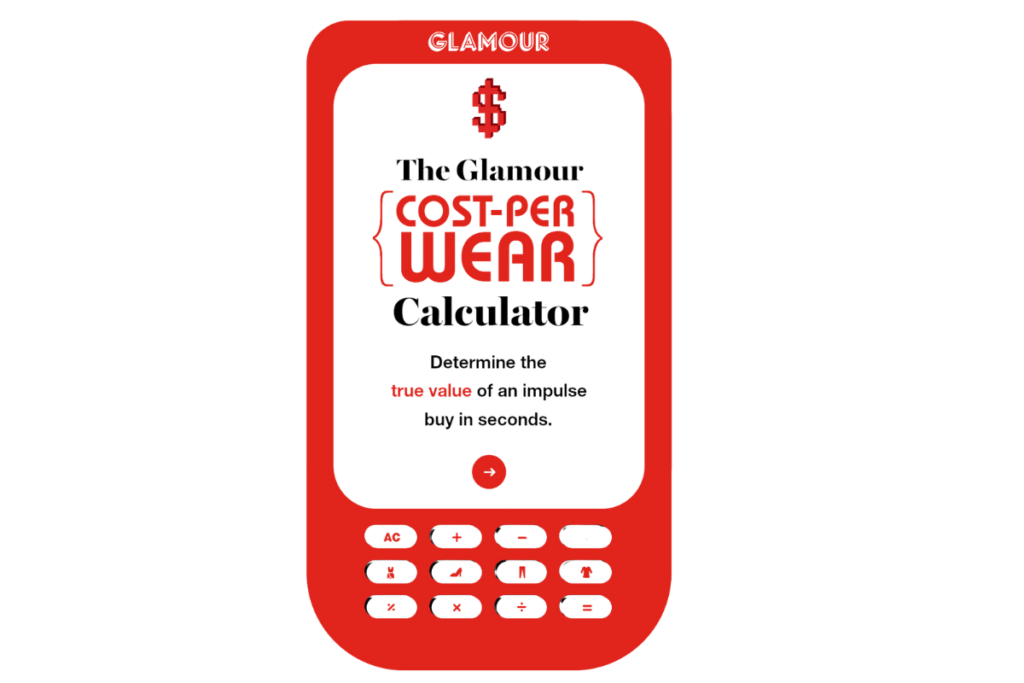
Wearing quality clothing is an immediate confidence booster. Another important consideration made by Image Consultants when shopping for clients is the concept of “Cost Per Wear”.
When making clothing purchases, it’s important to determine the cost of the garment and the value you will receive from your investment. This is an important consideration when identifying quality clothing.
For example, purchasing a high quality dress for $70.00 and wearing it four times during the year (70 divided by 4) is a cost per wear of $17.50. On the other hand, imagine buying a poorly constructed dress for $30.00 that you only wear once, because the zipper broke.
A Word About Fast Fashion
Fast fashion such as H & M and Zara to name a few, is rapidly produced. While it’s tempting to grab the latest fashion trends on the cheap in these favorite fast fashion stores, it comes at a cost.
While fast fashion brands offer affordability and quick turnover of styles, they typically prioritize low prices and speed over long-lasting quality and ethical production practices.
When indulging in fast fashion, its more important than ever to inspect for quality. You can actually find garments that can pass the “high quality” test if you use the 5 steps above to inspect these garments before making that purchase.
While fast fashion has certain negative associations, it’s worth mentioning that some fast fashion brands are taking steps towards sustainability and ethical practices. However, it is still essential to research and evaluate each brand individually to ensure their commitment to responsible fashion.
Pro Tip:
When buying clothing made of cheaper fabrics, opt for dark colors.
Dark colors will camouflage imperfections and generally tend to look more high end.
Now You Know How to Spot High Quality Clothing!

Taking the time to inspect a garment before deciding to make a purchase will save you money in the long run and ensure its longevity, comfort, and style. Using these 5 simple steps to evaluate quality garments like an expert is a skill that pays dividends.
Remember to consider the fibers, construction, zippers, and buttons the next time you make a clothing purchase. The bottom line is, identifying the cost per wear and investing wisely! Now that you know the steps to spotting high quality clothing, you can confidently go shopping and feel good about your purchases.
Retailers Known for Quality
While the quality of clothing can vary across different brands and retailers, several well-known names have built a reputation for producing high-quality garments.
If you are building a high quality wardrobe, these brands and retailers should be on your list due to their commitment to craftsmanship and superior quality Regardless of where you shop, it’s important to use your new found skills of accessing garment quality and considering the cost per wear.
- Brooks Brothers: Established in 1818, Brooks Brothers is renowned for its timeless and classic men’s and women’s clothing. The brand is known for using high-quality fabrics, expert tailoring, and attention to detail.
- J.Crew: J.Crew offers a range of stylish clothing for men, women, and children. They are known for their classic designs, quality fabrics, and well-constructed garments that blend functionality and style. I have some J.Crew items that are 15 years old and still look new!
- Patagonia: Patagonia is a leading brand in outdoor and performance apparel. They are committed to producing durable and sustainable clothing using high-quality materials and ethical manufacturing practices.
- Reformation: Reformation is known for its high quality construction dresses and actionable commitment to sustainable clothing manufacturing. They have committed to making all their garments with 100% recycled material by 2025.
- Neiman Marcus: is a luxury department store that carries a variety of brands known for their quality garments. They curate a selection of high-end and designer labels, offering customers a wide range of options.


